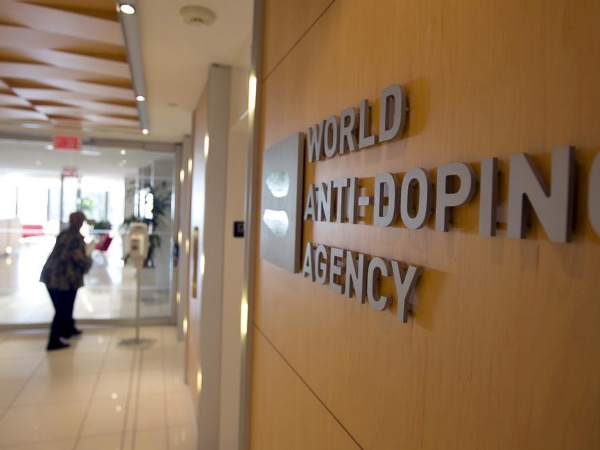views : 727
3 Min Read
WADA 2023 Report confirms India as nation with most positives for banned substances
It was not the best kept secret, but the World Anti-Doping Agency’s (WADA) 2023 Anti-Doping Testing Figures Report confirmed India’s place on top of a dubious chart. With 213 of the 5606 samples collected by the National Anti-Doping Agency (NADA) testing positive for prohibited substances, India had more than twice the number of positives for the next country on the list.
The French Anti-Doping Agency was the only other national agency which crossed 100 Adverse Analytical Failures (AAF), with 105 (11368 samples). Russia 99 (10395), Italy 80 (8826), United States of America 66 (6798), China 69 (28197), Germany 57 (15153), South Africa 52 (2096) and Norway 51 (2167) crossed the half-century mark.
Shameful as it is, the high number of positives could actually be seen as the outcome of NADA’s testing strategy. The number of tests increased significantly from the previous year, 5606 compared to 3865. The choice of its DCOs in competitions has yielded terrific results – 6.47 per cent of samples collected in competition tested positive as compared to 3.50 per cent in 2022.
Athletics (61), Weightlifting (38), Powerlifting (26), Wrestling (10) and Boxing (9) topped the list of sports in which samples collected by NADA tested positive. In terms of the highest percentage of sample testing positive, Bodybuilding is on top with a whopping 71 per cent (five of the seven samples showed up prohibited substances) with Powerlifting at 40 per cent.
It is worrisome that two of the 10 samples from Judo, two of 13 samples from Pencak Silat athletes and two of the 23 samples from Table Tennis players with an impairment tested positive. While Athletics often comes under the scanner, Weightlifting’s 8.40 per cent positives – 38 of the 451 samples – should be a major cause for concern.
WADA delays incomprehensible
On a slightly different – and perhaps more important – note, WADA can do better than delay the publication of statistical reports that can arm anti-doping warriors with information and help shape their strategy in the war against the scourge of doping. Collating information about a year should not take a year and a half in this day and age.
The latest WADA ADRV Report relates to 2020 and was made public in May 2023. If the war against doping has to be won, the global leaders must set good examples by doing things right and doing them without undue delay. It will not be wrong to say that the world has moved on significantly from 2020 when Covid-19 brought it to a grinding halt.
To be sure, even NADA can exercise greater care when sharing data. Back in April 2024, based on data available on the NADA website, it had collected 5801 samples in 2023. It is beyond this writer’s understanding how the number dropped to 5606 in the WADA 2023 Anti-Doping Testing Figures Report.
Of course, the Ministry of Youth Affairs and Sports will have to take stock of the situation and find ways in which to reduce the incidence of doping in Indian sport. Clearly, anti-doping education alone has not worked well, given the fact that even dozens of minors are serving ineligibility periods for committing ADRVs.
Unless penal action is taken against the suppliers and conduits of drugs with prohibited substances, the numbers will keep rising since the awards and rewards for success in sport are a major temptation for athletes, their coaches and – in some instances – parents to take recourse to shortcuts, even at the risk of not only being shamed but also having an impact on long-term health.
The National Anti-Doping Act 2022 was passed by Parliament and secured the assent of the President on August 12, 2022. Nearly three years have lapsed but it has not yet come into force. While awaiting that, NADA’s intelligence and investigation team can come up with reports that expose the nexus that threatens the integrity of sport.
